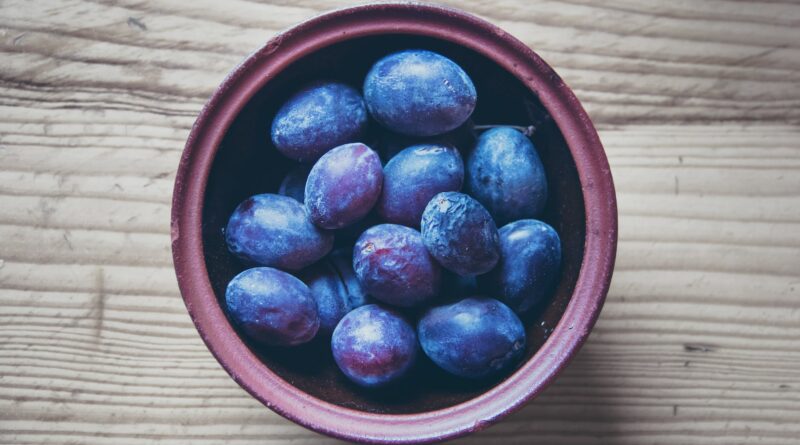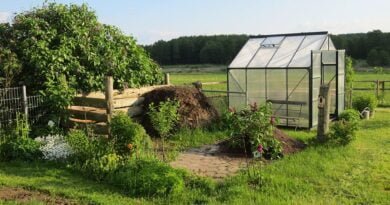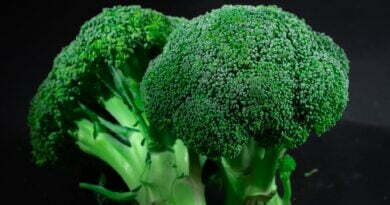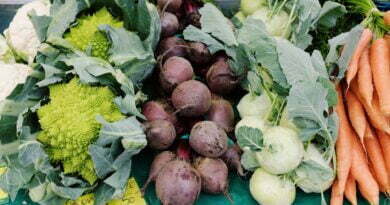Growing and Enjoying Plums on Your Allotment: Tips, Benefits, and Recipes
Plums are a delicious and nutritious fruit that can be enjoyed fresh, cooked, or dried. Whether you’re looking to grow your own plums or simply want to learn more about this versatile fruit, read on for some tips, benefits, and recipes.
Choosing the Right Variety:
There are many different types of plums, each with its own unique characteristics. When choosing a plum variety to grow, consider your climate, soil type, and intended use for the plums. Here are a few popular plum varieties:
- Santa Rosa: A popular variety that is known for its sweet and juicy fruit. Santa Rosa plums are typically used for eating fresh or making preserves.
- Methley: A Japanese plum variety that is prized for its sweet and flavorful fruit. Methley plums are usually red or purple in color and are great for eating fresh or making jams and jellies.
- Burbank: A hybrid plum variety that is known for its large size and sweet flavor. Burbank plums are usually purple or red in color and are great for eating fresh or cooking.
Planting:
Plum trees are typically planted in the spring or fall, depending on your climate. When planting, choose a location that receives plenty of sunlight and has well-drained soil. Space the trees at least 10-15 feet apart to allow for proper growth.
Training and Support:
Plum trees grow best when trained to grow in a specific shape or form. There are several pruning methods that can be used to achieve this, including central leader, open center, and modified central leader. Choose a training method that works best for your space and intended use.
Watering and Fertilizing:
Plum trees need regular watering, especially during hot and dry periods. Water deeply once a week, making sure to saturate the soil around the root zone. Fertilize the trees in the spring and summer with a balanced fertilizer to provide the necessary nutrients for healthy growth.
Pruning:
Pruning is important for promoting healthy growth and fruit production. Prune plum trees in the winter to remove any dead or damaged wood and to thin out the canopy. This will help to ensure that the tree produces the maximum amount of fruit.
Harvesting:
Plums are typically harvested in the late summer or early fall, depending on the variety and climate. To test if the plums are ready for harvest, gently squeeze a few fruits. If they give slightly, they are ready to be picked. Plums can be stored in the refrigerator for a few weeks or frozen for later use.

Health Benefits of Plums:
Plums are not only delicious but also offer a range of health benefits. They are a good source of vitamins and minerals, including vitamin C, vitamin K, and potassium. Here are a few health benefits of plums:
- Promotes Digestive Health: Plums are high in fiber, which can help promote digestive health and regularity.
- May Help Lower Cholesterol: Studies have shown that eating plums may help lower cholesterol levels and reduce the risk of heart disease.
- May Help Improve Bone Health: Plums are a good source of vitamin K, which is important for bone health and may help reduce the risk of osteoporosis.
Recipes:
Plums can be used in a variety of sweet and savory dishes. Here are a few delicious recipes to try:
- Plum and Goat Cheese Salad: Toss sliced plums with mixed greens, crumbled goat cheese, and a balsamic vinaigrette for a fresh and flavorful salad.
- Plum Jam: Combine sliced plums, sugar, and lemon juice in a pot and simmer until the mixture thickens. Serve with toast or use as a topping for yogurt or ice cream.
- Plum Clafoutis: Mix sliced plums with a simple batter of eggs, sugar, flour, and milk, then bake in the oven for a French-inspired dessert.
Growing plums can be a rewarding and enjoyable experience. With their relatively low maintenance requirements, plum trees can be a great addition to any fruit garden. And with a little bit of effort, you can enjoy a bountiful harvest of fresh and delicious plums right from your own plot.
To ensure a successful harvest, it’s important to choose the right variety of plum tree for your area, provide proper soil conditions, and practice regular care and maintenance. This can include pruning, fertilizing, and protecting against pests and diseases.
Once you have a healthy and thriving plum tree, there are many ways to enjoy the fruit. Whether eaten fresh, used in desserts, or turned into jams or jellies, plums are a versatile ingredient that can be used in a variety of dishes. Plus, with their numerous health benefits, including promoting digestive health and potentially lowering cholesterol, plums are a nutritious addition to any diet.
Growing plums on your allotment can be a fun and rewarding experience that yields delicious and healthy fruit for you and your family to enjoy.




